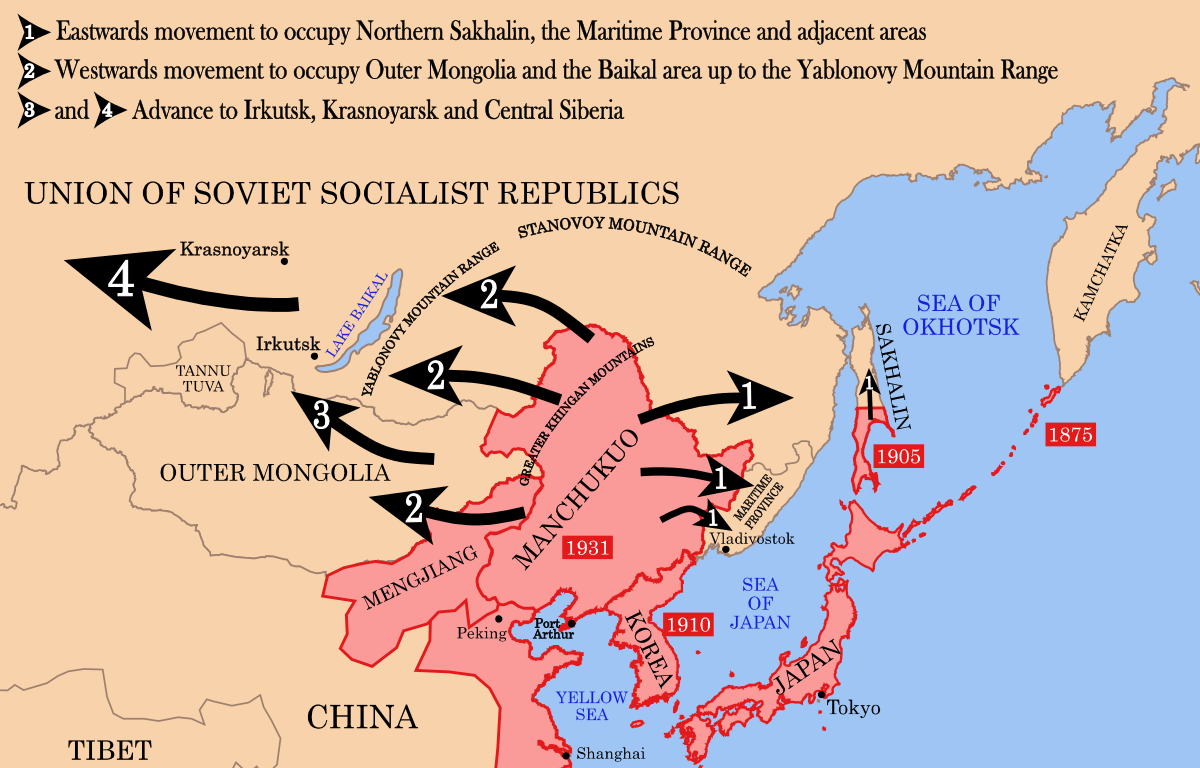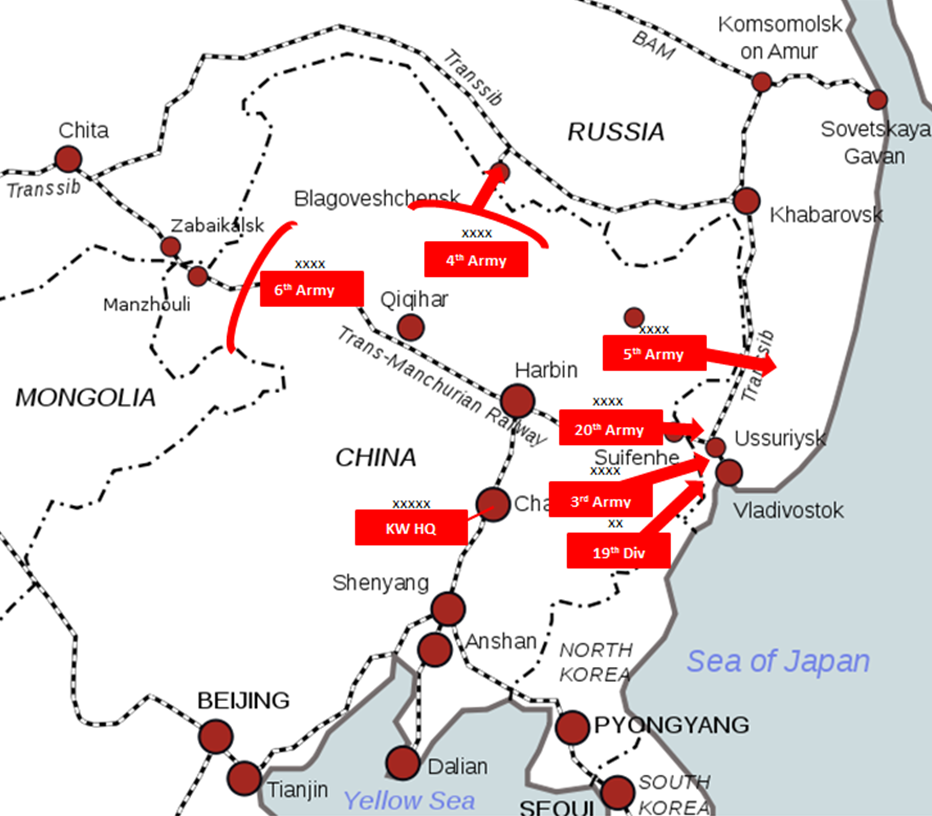Admiral Beez
Major
Instead of the IJN's striking south to get the DEI, the Japanese government decides on the IJA's Strike-North Faction - Citizendium Of course Hitler would be delighted, Hitler Would Rejoice: What If Imperial Japan Invaded World War II Russia?
This being an aviation forum, how are the IJA and IJN air services impacted? With no move on the DEI, what does Japan do for fuel oil? Do Britain or the US declare war on Japan? If not, what is the IJN's Kido Butai doing throughout 1941-43? They can't afford to run a huge fleet of carriers and hundreds of carrier aircraft without purpose - will some carriers be put into reserve?
How is Barbarossa impacted?
This being an aviation forum, how are the IJA and IJN air services impacted? With no move on the DEI, what does Japan do for fuel oil? Do Britain or the US declare war on Japan? If not, what is the IJN's Kido Butai doing throughout 1941-43? They can't afford to run a huge fleet of carriers and hundreds of carrier aircraft without purpose - will some carriers be put into reserve?
How is Barbarossa impacted?


